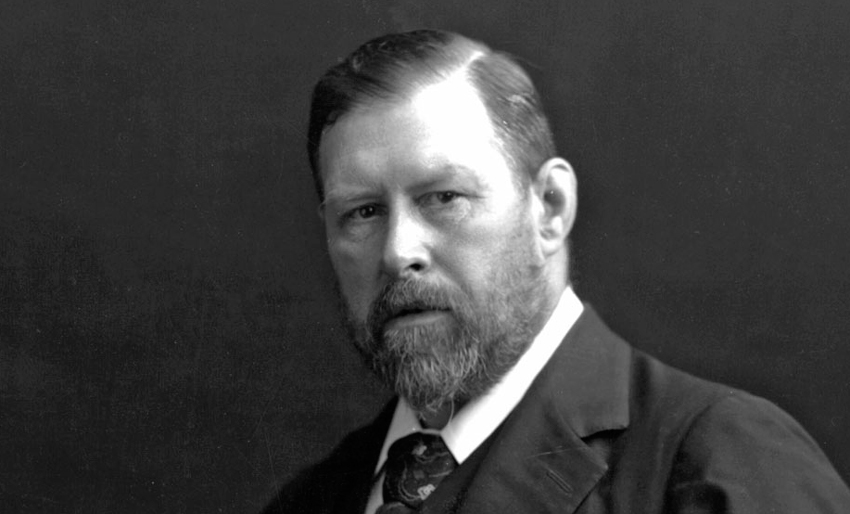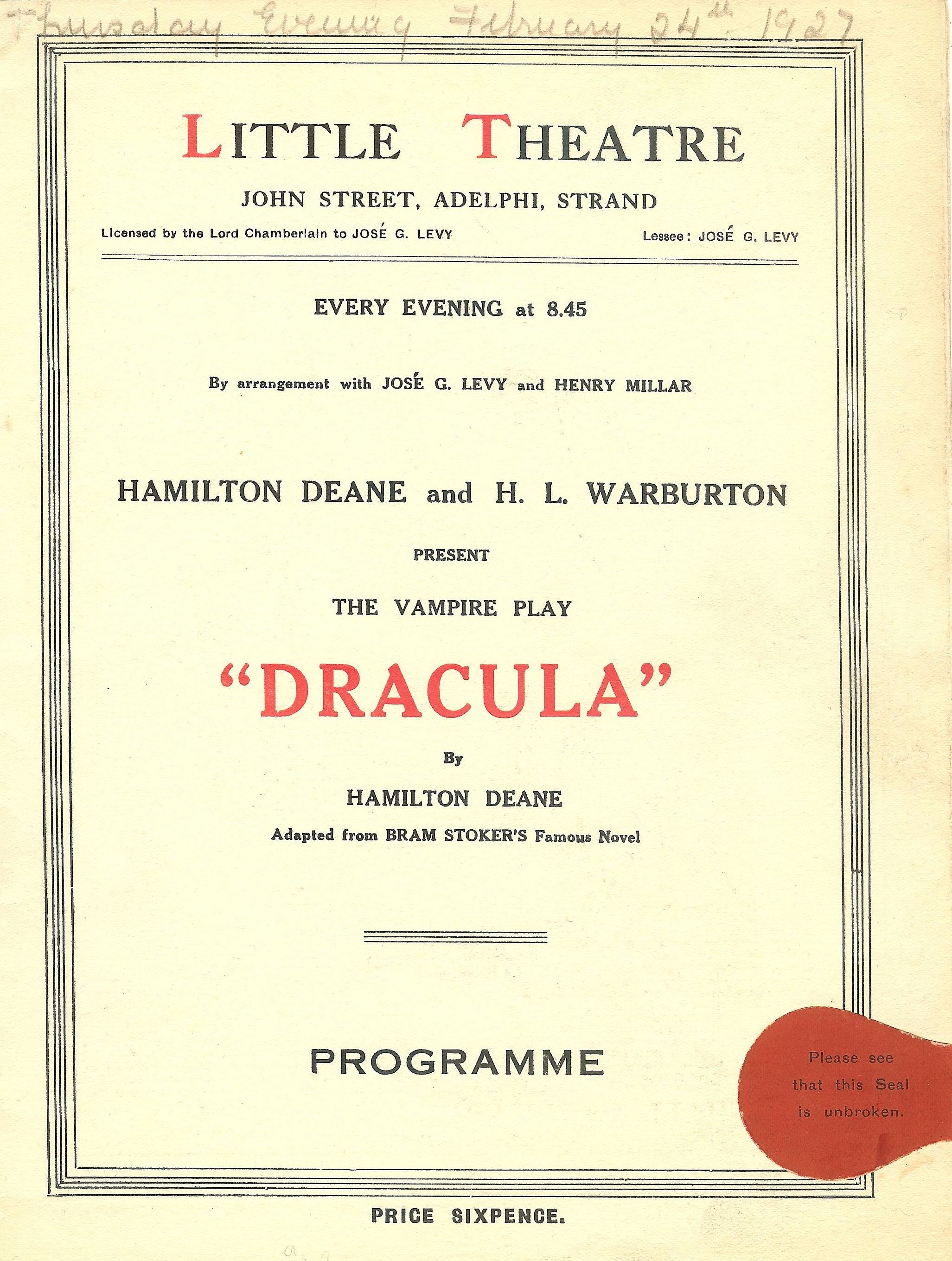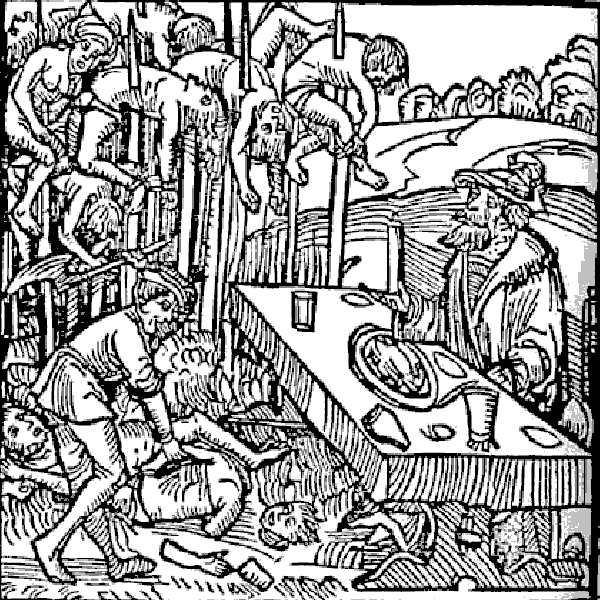Abraham “Bram” Stoker (born November 8, 1847 – died April 20, 1912) was an Irish novelist and short story writer, best known today for his 1897 novel Dracula. During his lifetime, he was better known as personal assistant of actor Henry Irving and business manager of the Lyceum Theatre in London, which Irving owned. (Stoker’s residence and parish church can still be visited in Dublin.)
Although Stoker himself never visited Romania or the Carpathian Mountains, he spent several years researching European folklore and mythological stories of vampires. He also met Ármin Vámbéry, a Hungarian writer and traveler, whose dark stories of the Carpathian mountains may have also contributed to Stoker’s inspiration.
Stoker’s most infamous character, the vampire Dracula, has gone on to appear in many “incarnations” or guises. In the Dresden Files series, Stoker’s novel is said to be a hunter’s manual for the Black Court vampires, now all but extinct as a result. Bela Lugosi played the vampire in both stage and film versions of the story. A new study, just published in early April, Who was Dracula? explores and uncovers the wide range of source material – from folklore and history, to personas including Oscar Wilde and Walt Whitman – behind Bram Stoker’s bloody creation.



